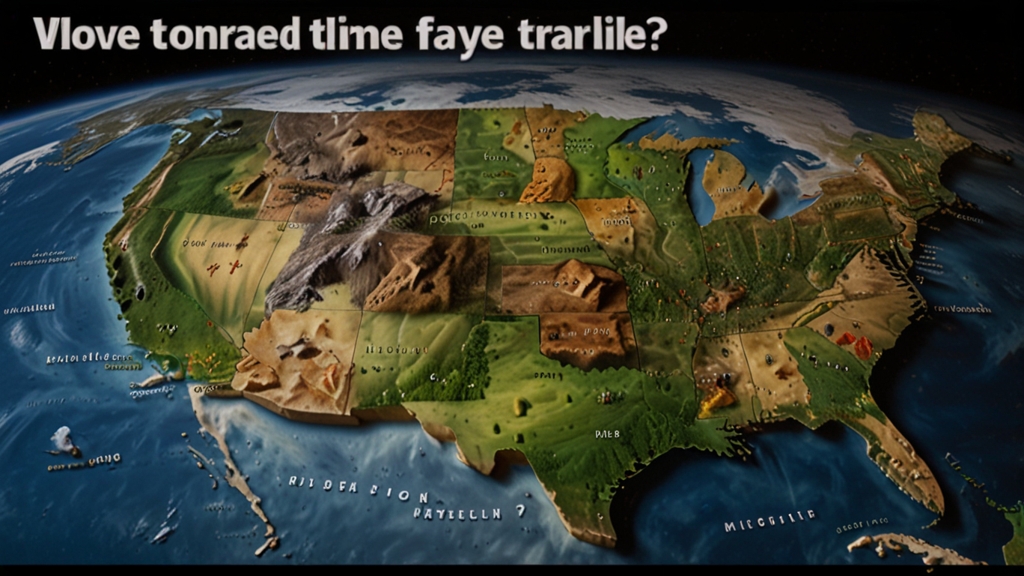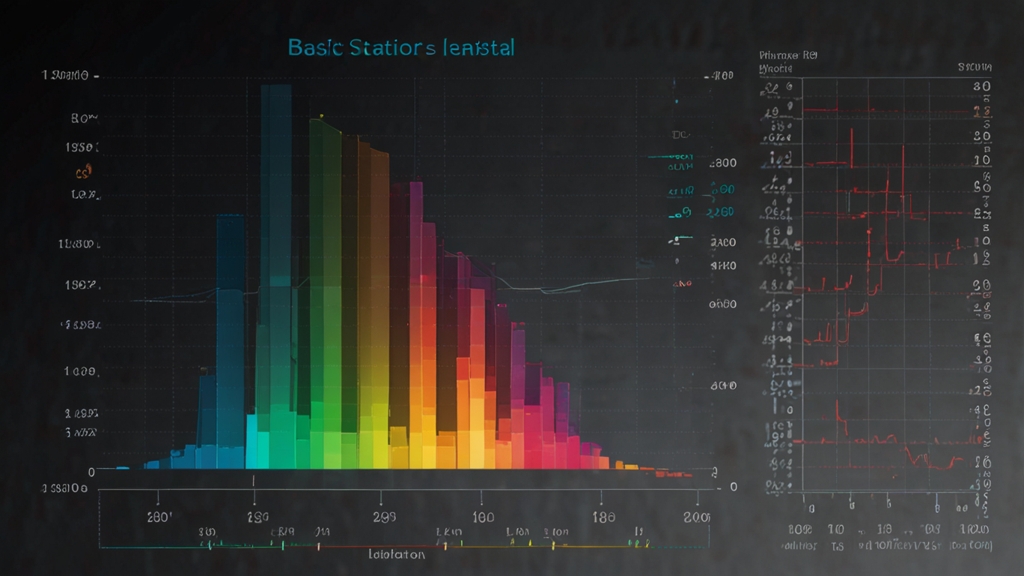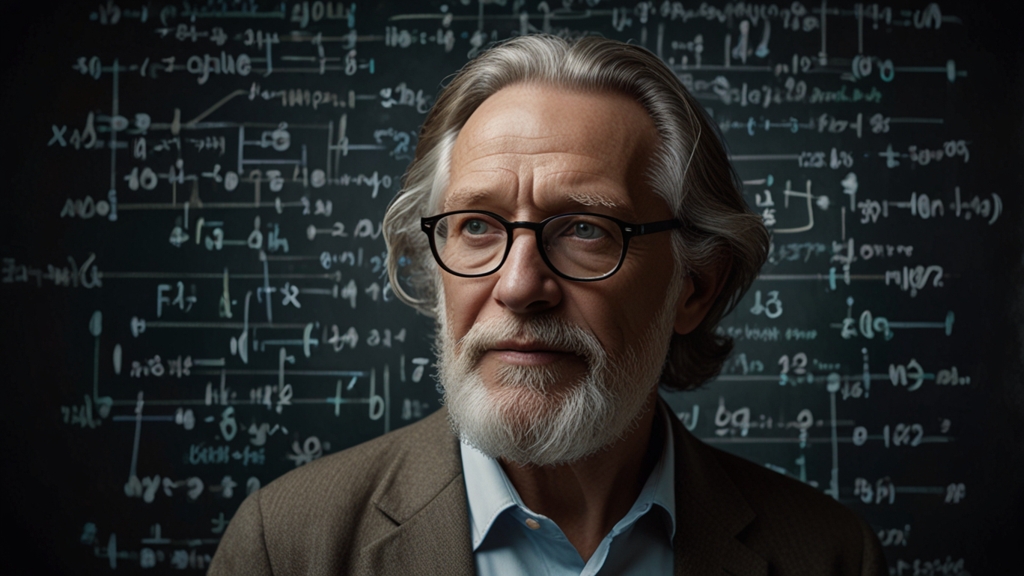The Future of Geometry: Innovations That Will Change Everything
Geometry, the ancient mathematical discipline that studies shapes, sizes, and the properties of space, is on the cusp of revolutionary innovations. For centuries, it provided the fundamental framework for various fields, from architecture and engineering to art and astronomy. Today, advancements in technology and interdisciplinary research are poised to redefine our understanding and application of geometric principles in ways that will fundamentally change the world.
Computational Geometry: Redefining Possibilities
Computational geometry is an emerging field that combines algorithm design with geometric principles to solve complex spatial problems. It plays a critical role in computer graphics, geographic information systems (GIS), robotics, and more. For instance, advanced algorithms allow for the efficient processing of large data sets, enabling accurate terrain mapping, autonomous navigation, and realistic 3D rendering in gaming and virtual reality.
"The potential of computational geometry is boundless. With powerful algorithms and increasing computational power, tasks that seemed impossible are now within reach, pushing the boundaries of what we can model and simulate in the digital world." - Dr. Karen Liu, Professor of Computer Science
Quantum Geometry: A New Frontier
Quantum computing, with its promise of exponentially faster processing speeds, is set to transform numerous fields, including geometry. Quantum geometry explores the properties of spaces at the quantum scale, which differ drastically from classical geometric concepts. By leveraging quantum mechanics, researchers can model complex systems and solve optimization problems that are infeasible with classical computers.
These advancements could lead to significant breakthroughs in material science, cryptography, and even our understanding of the universe’s fundamental structure. Quantum geometry will enable a more profound exploration of multi-dimensional spaces, providing insights that could reshape our grasp on both theoretical and applied sciences.
Topology and Data Science: Unveiling Hidden Patterns
Topology, the study of properties that remain unchanged under continuous deformations, finds new applications in data science. Topological data analysis (TDA) provides robust tools for understanding the shape of data, extracting meaningful patterns, and identifying anomalies. This method is particularly valuable in high-dimensional data sets, common in fields such as genomics, neuroscience, and finance.
"Topology offers a unique perspective on data. By focusing on the intrinsic shape rather than just statistical properties, we can uncover deeper insights and make more informed decisions." - Dr. Gunnar Carlsson, Mathematician
Geometry in Art and Design: Blending Aesthetics with Functionality
Artists and designers have long utilized geometric principles to create visually appealing and structurally sound works. Innovations in digital fabrication, such as 3D printing and parametric design, are revolutionizing the way we conceive and produce art and architecture. These technologies enable the creation of complex, intricate designs that were previously impossible or impractical.
Moreover, augmented reality (AR) and virtual reality (VR) are providing new canvases for geometric exploration. These immersive technologies allow designers to experiment with spatial concepts in real-time, leading to innovative solutions in urban planning, interior design, and interactive installations.
The Impact on Education: Cultivating Tomorrow’s Innovators
As geometry continues to evolve, so too must the way it is taught. Integrating technology into geometry education can make learning more engaging and relevant to students. Interactive software, virtual manipulatives, and gamified learning platforms enable students to explore geometric concepts dynamically and intuitively.
Furthermore, interdisciplinary approaches that connect geometry with computer science, engineering, and art can inspire the next generation of innovators. By fostering a deeper understanding and appreciation of geometric principles, educators can equip students with the skills needed to tackle future challenges.
Conclusion: A Geometric Renaissance
The future of geometry is bright, with innovations spanning computational systems, quantum mechanics, data analysis, and creative design. As these advancements unfold, they will undoubtedly transform various aspects of our lives, from technology and science to art and education. By pushing the boundaries of what is possible, we are entering a new era of geometric exploration and application that promises to change everything.
"We are at the dawn of a geometric renaissance, where the fusion of mathematics and technology will drive innovation and discovery in unprecedented ways." - Professor Michael Atiyah, Mathematician










